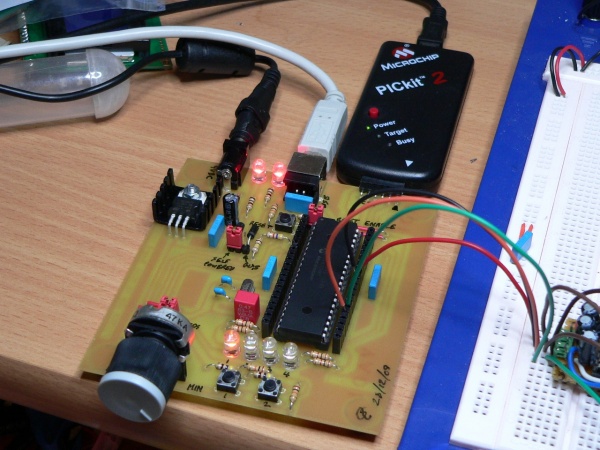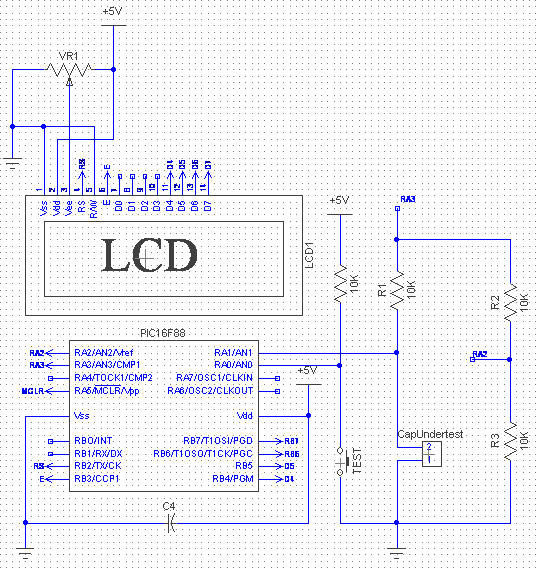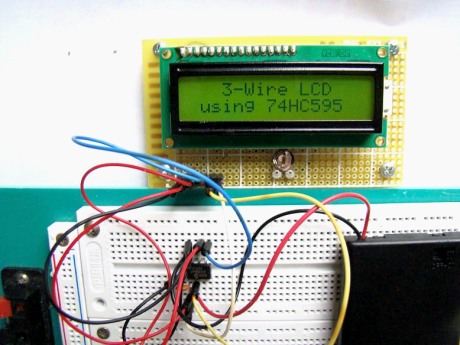Real-time clock and Temperature display on 16×8 LED Matrix

Digital clocks and temperature meters are very popular projects. There are tons of such projects available on internet. This one is little bit different. This displays time and temperature both scrolling on a 16×8 LED matrix. PIC18F2550 is the brain of this project that controls the columns of the display through A6276 (a 16-bit serial input, constant current latched LED driver). The rows are controlled with a 74ACT164N (8-bit serial-in parallel-out shift register). The required current to drive the rows are provided by BC337 transistors. A DS1320 serves as the external real time clock, whereas the temperature measurement is performed
Read more


